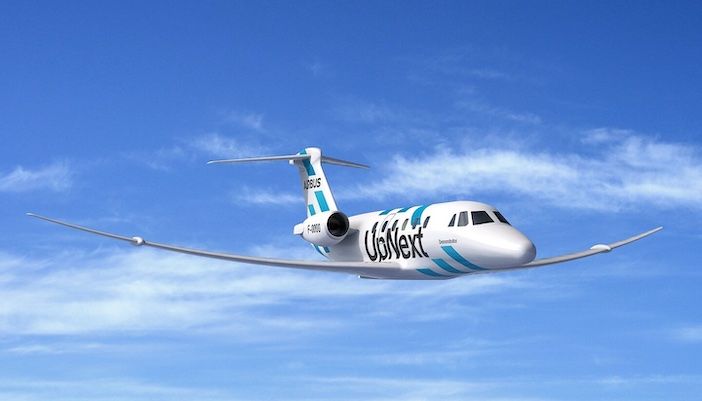Curtiss-Wright is to provide electro-mechanical actuation system for use on Airbus’ extra performance wing demonstrator project
The extra performance wing demonstrator project, which is being run by Airbus’ UpNext fast track R&D subsidiary is developing active control technologies to improve wing performance and reduce CO2 emissions.
The wing includes an intelligent tip, known as a semi-aeroelastic hinge. Curtiss-Wright is to provide the actuation system that controls the hinge on the scaled demonstrator aircraft, a Cessna Citation VII business jet platform. The actuation system features the complete package of systems for enabling the semi-aeroelastic hinge function.
The Citation VII jet is trialing technologies at a 30% scale compared to a single-aisle aircraft that could be included on future Airbus aircraft. The project was launched last September with work on the aircraft happening in Toulouse.
Oliver Green, director of business development at Curtiss-Wright’s actuation division said, “The wing tip can either be moved in a powered way or set to move freely. Particularly challenging has been the packaging and sizing of the equipment – a fairing wraps around the actuator and it has to be as small as possible.”
The semi-aeroelastic hinge technology enables a more efficient wing design that improves aircraft fuel burn and reduces environmental impact.
The extra performance wing has a similar shape, span and surface to an eagle’s, in a bid to increase flight efficiency. Other technologies being trialled by the extra performance wing include gust sensors, pop-up spoilers that are rapidly deflected perpendicular to airflow and multifunctional trailing edges that dynamically change wing surface in flight.
“We are very proud to have been selected by Airbus UpNext to support their breakthrough eXtra performance WING project with our unique electro-mechanical actuation technology,” said Phil Bowker, senior general manager, Curtiss-Wright’s actuation division.





